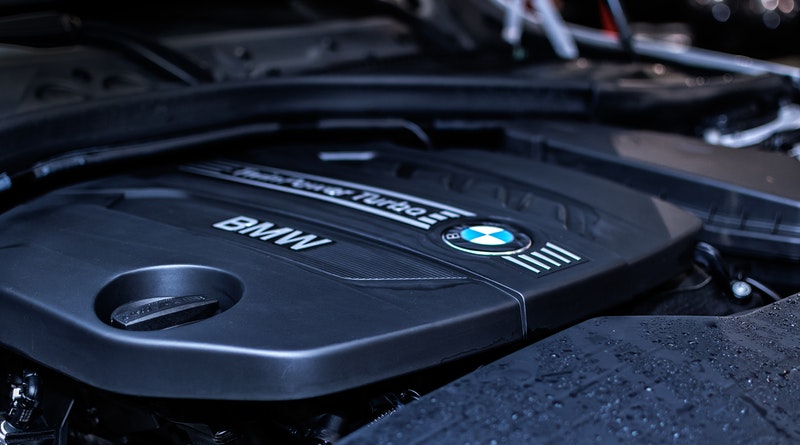Nuts and Bolts: 5 Things You Need to Check Before Buying a Used Car Engine

Buying a used car engine can be a great way to save money without sacrificing much. Used engines typically list for a fraction of the price of new ones but can still have many miles’ worth of service left in them.
Unfortunately, some pre-owned engines end up being lemons and costing their owners a great deal of money and trouble. Look into the following five details before buying any used car engine, and you will be a lot better off.
- Crank Journals
Engines accumulate wear every time they turn over, and telltale signs show up in various places. Most used engines that are being offered for sale will have been verified to start up and run before being listed.
That can still leave certain engines with a lot more reliability-sapping deterioration than others, though. One of the places this will typically be most apparent will be in the crank journals, the highly polished surfaces that connect crankshafts to rods.
Because these areas bear so much stress with every minute of an engine’s operation, they will typically be good proxies for the amount of wear the whole unit has experienced. As those who try looking at sircarpart.com will see, fresh crank journals should be nearly pristine, thanks to careful machining and finishing.
An engine with obviously worn crank journals might still have plenty of services to provide. Deep marked wear in this area, though, should at least be taken as a sign that a more thorough inspection will be needed.
- Rod Bearings
Even when an engine’s crank journals display few signs of wear, its rod bearings can tell a different story. Once again, large, unavoidable forces applied to these surfaces can leave rod bearings overly worn and susceptible to failure.
It can be difficult to get a clear view of each connecting rod’s bearings even once an engine’s oil pan has been removed. In most cases, though, simply inspecting at least a couple of them should give an idea about the condition of the rest.
- Spark Plugs
Although diesel power plants lack them, engines that combust gasoline use spark plugs to set off the reaction in each cylinder. The look and overall condition of an engine’s spark plugs will give an idea as to how it is working, in practice.
Spark plugs that look to be coated in a glistening, sticky substance often suggest that oil is leaking into combustion chambers. Spark plugs that feature too much-carbonized buildup for an engine’s age can indicate other problems with combustion.
Some sellers will replace spark plugs before listing used engines for sale. This will sometimes be a sign that a problem is being hidden, but it can be an innocent and even well-meaning attempt to help out a future buyer, as well.
- Rotation
Manually turning an engine’s crankshaft can take a bit of effort, but the investment can just as easily pay off. Every moving part of the engine should pass smoothly through its intended range of motion without hitching or exhibiting other problems.
Pushrods, valves, and rockers or lifters should all move in a tightly synchronized dance. Anything that hangs up or seems reluctant to move should be taken as a cause for concern.
- Accessories
Just what comes with a used engine will depend upon the seller and the situation. It will always pay to look into the condition of any included accessories, though, before figuring them into the equation. An alternator that does not actually work, for instance, could make an engine offer look overly attractive if the problem does not get discovered.
A Bit of Research Always Pays Off
Looking into matters like these will always help clarify whether a given used engine is actually worth buying. Shoppers who know what to look for can count on saving money while still buying reliable, high-quality pre-owned engines.
What's Your Reaction?
Newly middle-aged wife of 1, Mom of 3, Grandma of 2. A professional blogger who has lived in 3 places since losing her home to a house fire in October 2018 with her husband. Becky appreciates being self-employed which has allowed her to work from 'anywhere'. Life is better when you can laugh. As you can tell by her Facebook page where she keeps the humor memes going daily. Becky looks forward to the upcoming new year. It will be fun to see what 2020 holds.



